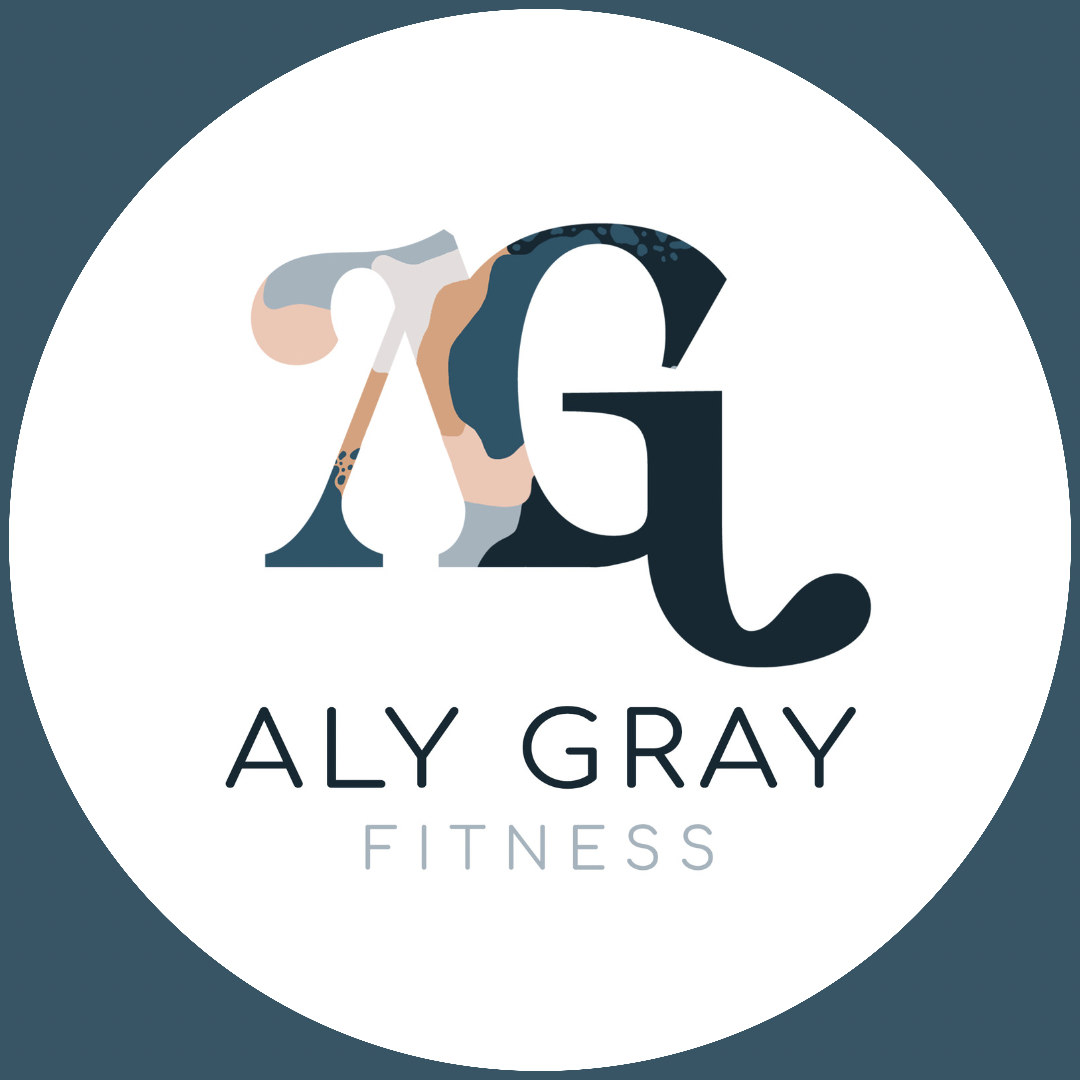Weight Training Basics (WTB) 101
- alygrayfit

- May 18, 2021
- 4 min read
Whether you are new to the weight room or a seasoned trainer, these 6 tips will bring you back to basics plus encourage and inform you of how to improve your workout routine.

If you walk into the weight room or your home gym and have no clue where to begin, then start with WTB #1:
#1 - Know your "Big Five" lifts.
Squats
Deadlifts
Bench press
Rows
Overhead press
These are 5 compound exercises everyone needs to know before picking up a weight. They're called compound because they workout multiple muscles at once.
Once you're familiar with the "Big Five," it's time to move some weight!
But first, WTB #2:
#2 - Learn technique BEFORE increasing weight.
The quality of reps trumps quantity every time.
If you're unfamiliar with a certain exercise, ask a trainer near you, or YouTube it and mimic the form. You'll benefit 100x more from your workout just by doing a little research first.
By prioritizing technique over weight, you're guaranteed to have better mind to muscle connection and even lift heavier in a safe way.
Now, once your technique is flawless, you can increase intensity!
This brings me to WTB #3:
#3 - Manipulate the intensity of your workouts.

You can intensify your lifts in various ways - let's break them down.
a. ROM: Range of motion. Squat deeper, lift higher, reach further etc. Increasing your ROM will progress an exercise while decreasing your ROM can be used as a modification.
b. Load: How much weight can you lift?
You may be trying to hit a PR (personal record) but you should gradually and safely ease your way into heavier load. Increasing your load will ultimately lead to increased strength.
Experimenting with drop sets is also a great example of manipulating load intensity.
c. Tempo: This is about how fast or slow your lift is.
The heavier you lift, your tempo is typically slower. A higher tempo can increase muscular endurance over a longer period of time but it can also lead to injury if you lift too heavy too fast. Remember technique comes first!
d. Repetition: How many reps should you do per exercise?
Results will vary by person but your chosen exercise volume will come down to your experience level, goals, and recovery capacity.
Rep facts:
- Low rep ranges (1-4 reps) work best for strength building.
- Moderate reps (5-12) are ideal for size and strength building.
- Higher reps (13-20+) can also help you grow but are best for muscular endurance.
If your goals are to increase strength and size, mix up your routine by manipulating intensity and watch your body transform.
Now, transformations do not happen overnight.
This brings me to WTB #4.

#4 - Practice Practice Practice.
Don't expect results if you don’t put in the work regularly.
How many times have you heard "consistency is key?" Well, hear it again!
Practice proper form and gradually increase weight as you train multiple times a week and you'll not only see results but feel results.
Depending on your personal health and fitness routine, results begin to show after 2-8 weeks. As you feel your clothes fit looser and gain more muscle tone, you'll walk a little taller and notice improved self-esteem.
That is what consistency guarantees.
Now, let's not turn consistency into overtraining - taking us to WTB #5.
#5 - Overtraining will only hurt you.
To maximize muscle growth, its important not to go 'HAM' every single lift. You can actually become weaker by tearing down muscles to the point of damaging them back to square one.
It's recommended to train different muscle groups each day in order to give 1-3 days rest between for adequate recovery.
If you enjoy high intensity full-body workouts daily, you might be experiencing fatigue, chronic soreness and a plateau in weight loss or muscle gain because you're overtraining your body day after day.
The days you go HAM in the weight room are awesome... don't get me wrong! But it's important to have light and moderate days mixed into your weekly routine to focus on stabilizing muscles and proper form.
The goal is not to make yourself sore! It can be detrimental and not supportive for longevity.
Rule of thumb: if you're sore after every workout, you're most likely overtraining and preventing adequate muscle growth, leaving you at a fitness plateau.
This takes me to my final WTB tip #6.
#6 - Rest days are critical.

Scheduling rest days into your routine is essential for muscle growth.
Weight training creates microscopic tears in your muscle tissue so during longer rest periods, cells called fibroblasts have a chance to repair and rebuild those muscle, making you stronger!
Rest days allow your nervous system to regenerate and also prevent a fitness plateau, so even if you're the Energizer Bunny, taking a rest day can benefit you more than an extra day at the gym.
So, whether your fitness level is beginner or advanced, going back to the basics can help you rebuild a purposeful workout routine and have a plan that delivers results!
Use these 6 tips for weight training basics to guide you through your next weight room workouts.
For help with your workout plan, let's connect at alygrayfit@gmail.com.






Comments